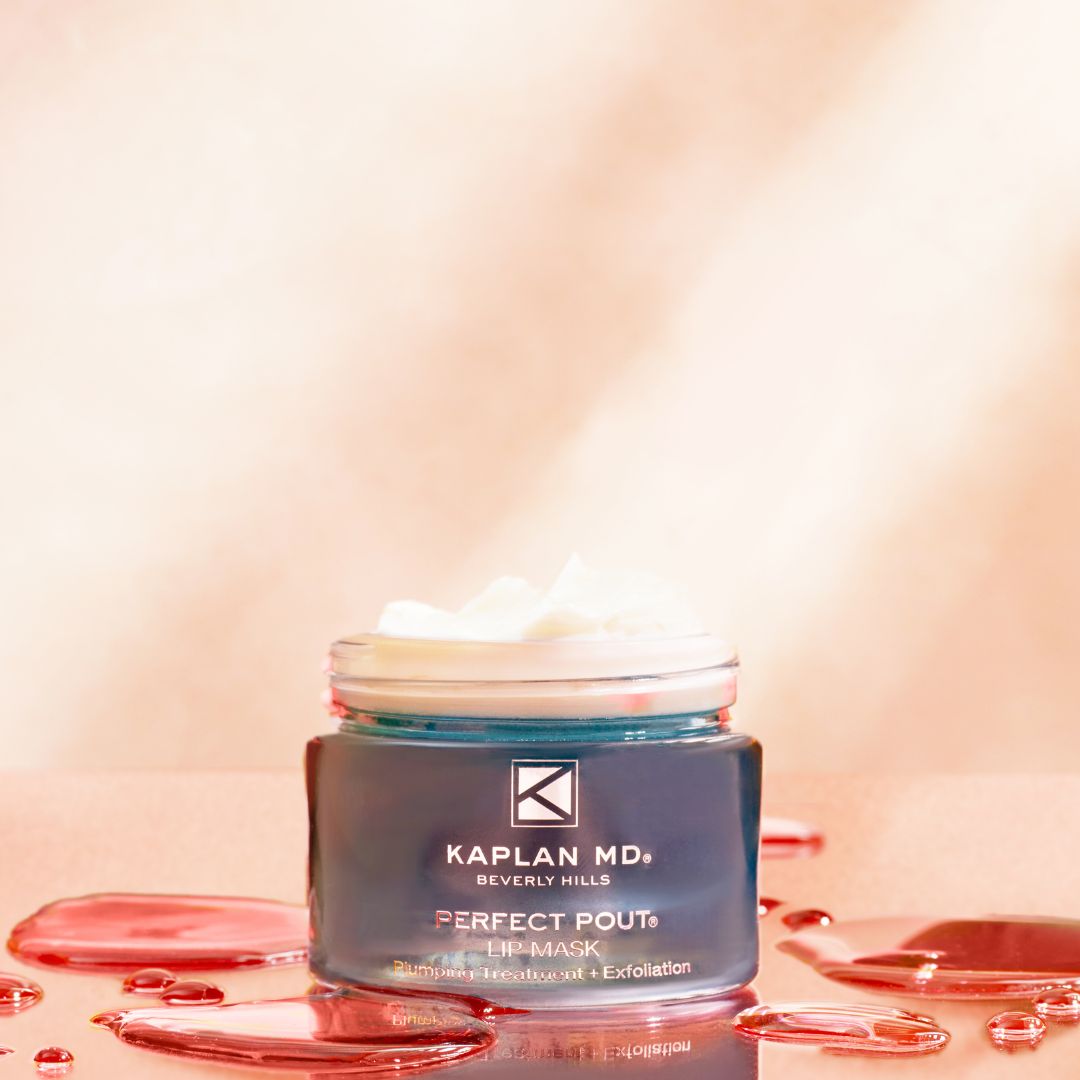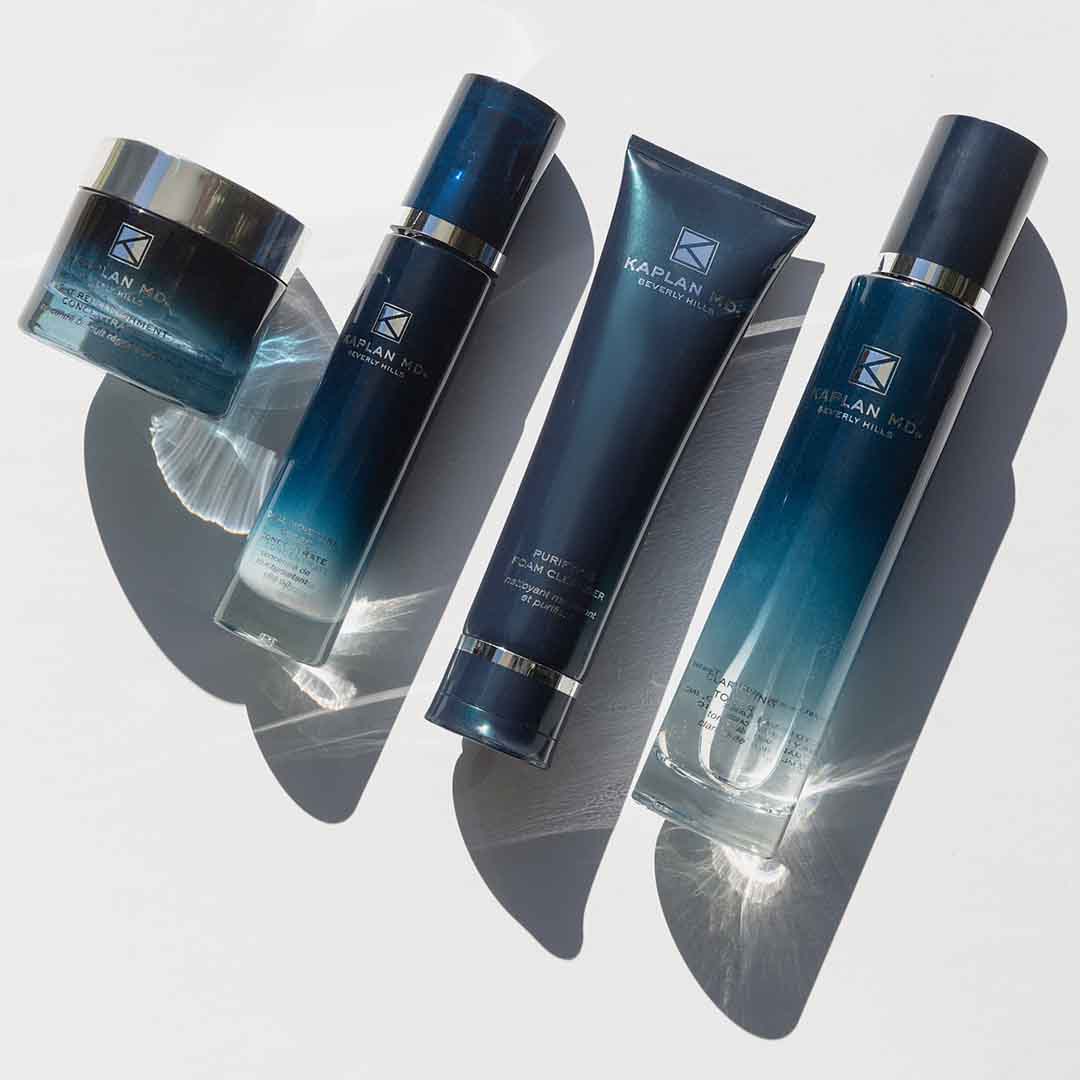Bestsellers
Skincare
Collections
Skin Cancer 101
May 12, 2017 3 min read
In honor of Skin Cancer Awareness Month, we will be featuring a 3-part blog series on the best ways to be diligent about protecting yourself from skin cancer.
Most people assume that all skin cancer is melanoma (the most dangerous) and that you are safe if you are naturally tan or have dark skin tone. To kick off Skin Cancer Awareness month, I want to explain the 3 different types of skin cancer, and what you can do to protect yourself.
Basal Cell Carcinoma - This is the most common, but least dangerous, form of skin cancer. It grows slowly, usually on the head, neck and upper torso. It may appear as a lump or dry, scaly area, and is red, pale or pearly in color. As it grows, it may ulcerate or appear like a sore that fails to completely heal. It can also appear as a sore that heals, but breaks down again, repeatedly. UV (Ultraviolet) rays from the sun and tanning beds are the main cause of Basal Cell Carcinoma. Fortunately, it is easily treatable if caught in time. In fact, I excise these lesions right in my dermatology office using a technique called Mohs Micrographic Surgery.
Squamous Cell Carcinoma - This type of skin cancer is moderately dangerous, but may spread to other parts of the body if not treated. It grows over some months and appears on skin most often exposed to the sun. It can be a thickened, red, scaly spot that may bleed easily, crust or ulcerate. Similar to Basal Cell Carcinoma, it is easily treatable if caught early and can be excised using Mohs Micrographic Surgery.
Melanoma - Melanoma is the most dangerous form of skin cancer because it grows very quickly and spreads to lymph nodes and distant organs. While melanoma appears as dark, suspicious looking moles on skin most often exposed to the sun, the scariest thing about melanoma is that it can also appear on skin that NEVER gets exposed to the sun. People with fair complexions, and those with a family history of melanoma, are more prone to this type of skin cancer and should get checked by a dermatologist regularly. Age is not a factor, as I have unfortunately diagnosed melanoma in children as young as 11 years old. It was not even an obvious mole on the arm or shouldder, but a very small mole on the child’s scalp I spotted during a routine skin exam. Although melanoma cases are on the rise in the US, and is currently ranked 5th most common form of cancer by the National Cancer Institute, the good news is that if caught early, the survival rate is the highest.
Protect Yourself!
- Wear sunscreen with a minimum SPF of 15 all year-round. Even on overcast days, 80% of UVA rays still filter through the clouds. This is especially dangerous because unlike UVB rays that cause skin to turn red and burn (and therefore alert you to get out of the sun), UVB rays actually penetrate deep into the skin without the redness and burning sensation.
- When choosing a sunscreen, make sure to look for a physical sunscreen as the active ingredient. Physical sunscreens include zinc oxide and titanium dioxide. These work to deflect UV rays off the skin’s surface.
- Apply sunscreen 30 minutes before going outdoors, and remember to reapply sunscreen every 3 to 4 hours. Re-application is key because sunscreen begins to decompose the moment it touches your skin.
- Apply a generous, even layer of sunscreen to all exposed skin...2mm of sunscreen for every square centimeter of exposed skin. An easier way to remember is to apply 1oz, or a shotglass full, of sunscreen to all exposed skin before heading to the beach.
- Wear protective clothing, such as hats, sunglasses, long-sleeved shirts, and covered shoes when outdoors as much as possible.
- Be proactive and diligent about checking yourself for suspicious looking moles. Remember to visit your dermatologist once a year for a full-body checkup. An easy way to remember: Get your birthday suit checked on your birthday!
- In my next blog, I will share tips on how to self-check for melanoma.
Also in #ASKDRKAPLAN - Dr. Kaplan Answers Your Most-Asked Questions
Get 15% Off Your First Purchase
Stay in the loop with exclusive discounts, expert skincare tips, the latest news, and more. Don't miss out on the opportunity to elevate your skincare routine and save on your favorite products.











